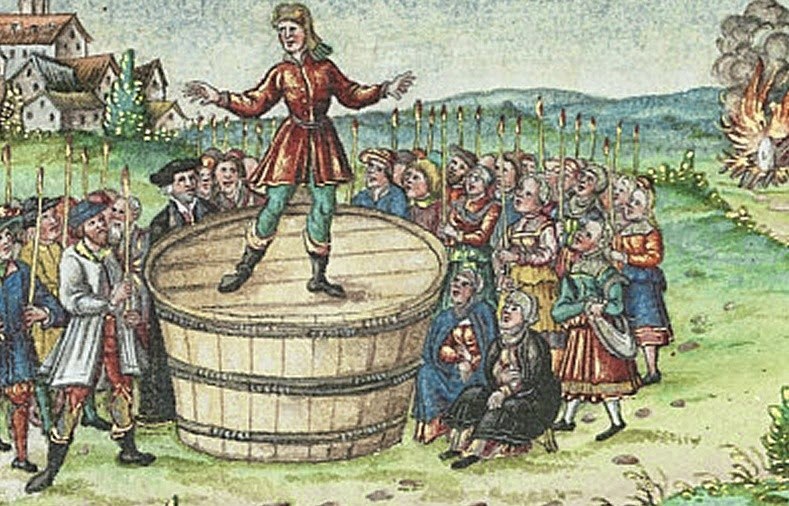
If God were your Father, you would love Me.
By the Holy Spirit poured into our hearts ,we cry out “Abba Father.” This is the Spirit of Adoption, adopted in Christ. For Jesus sent the Holy Spirit to deliver to us by declaration what He Himself possessed – “He will take what is mine and declare it to you.” – and among the many things that Jesus possesses, the top of that list would be His very status, “Son of God.” This status He gives to us. What He has by nature we have by grace.
Every time we pray “Our Father” – the Abba Father – we testify to this truth. And we would love Christ.
What does it mean to love Christ? Simply based on the Gospel for this week alone, we could make a list that would include (1) listening to and understanding Jesus, or hearing God’s Word; (2) believing Him; (3) honoring Jesus, which means to attribute high status to; and (4) keeping Christ’s word, which means to take note of it or keep it in view.
The focus is clearly on the Person of Christ, the one who is from God, who took on flesh, whose words are outlined in the Gospel. There’s no suggestion here, that anyone who loves embodies the “Cosmic Christ,” and we shouldn’t get caught up into names and doctrines. There’s no suggestion that we can abstract “ideas of love” from the Person of Christ, for instance, and claim that fulfills what it means to love Christ. So, for instance, many non-Christians may claim God as Father, and so long as they do as Jesus did, loving others, they demonstrate that they “love Christ” even if they don’t name Him.
No, once Jesus is revealed by proclamation, everyone who is worthy of the Gospel will respond to Him and love Him, His Person, His flesh and blood Person. They will honor Him, attributing a high status to Him. They will take every one of His words seriously, keeping them, not editing them according to the world’s standards.
Many people are rejecting Christ’s Church in favor of sentiments like, “I don’t go to church. I think it’s more important what you do. It’s more important to live out His teachings than go to church.”
But the Church’s entire purpose is to formalize what it means to love Christ. It’s where people are called out of the world to listen to Jesus (Gospel), understand Him (sermon), hear the Word (readings), believe in Him (creed), and honor Jesus (Gloria in Excelsis; Sanctus). Also, if the “Me” of “love Me” is a flesh and blood Person (and it is), then the Church can’t do more loving of Jesus than to be the place where believers come to His flesh and blood and do as He commanded be done: eat and drink His body and blood.
Someone cannot claim to love Christ and not love His Church. And if the response is, “I honor Christ on my own; I read the Bible on my own and say my prayers alone,” then they’re ignoring what Jesus says, that if you love Him you will also keep His commandments, which is to love one another, to give up one’s life for another.” That means bearing with each other’s sins. So enough of this, “I don’t go to church! It’s just a bunch of hypocrites and sinners. I worship Jesus on my own.” No, if you love Christ, you are drawn to where sinners congregate, just as He did.
Because that, after all, is why we love Christ. He is the antidote to our sin and death. Where He is present, there we will be also, because we love Him. If, as we approach Christ, we run into other sinners (um, like ourselves!) then love of Christ teaches us to love them as well.
We love Christ because we love our Father, and we love our Father because He is the source of our life – that’s what a Father is – the active agent getting our life going. Christ restores our life, the one lost through Adam.
All the attacks on this basic teaching – all the attacks on the Church, on the Fatherhood of God, on the Person of Jesus Christ as a flesh and blood Person – should be expected when the Devil’s theology is sought and embraced.
If God were our Father, we would love Christ. Very simple. God is our Father, and therefore we love Christ, the flesh and blood Person with specific words and teachings. And therefore we embrace the Church, which formalizes what this love means.








